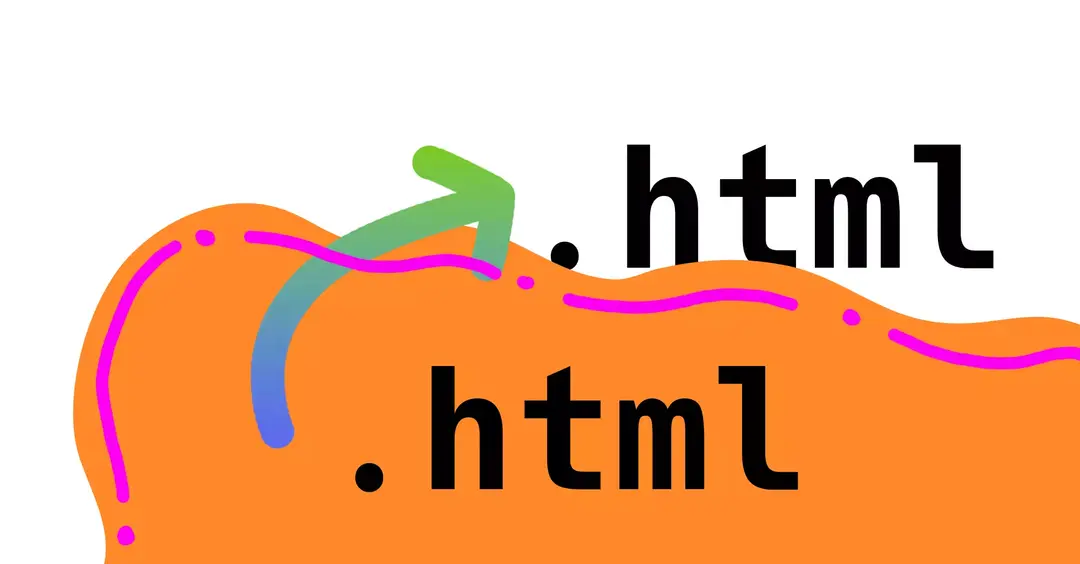Magento Frontend Development
Explore the principles of Magento frontend development, including theme creation, JavaScript and RequireJS, and responsive design techniques that cater to a seamless user experience.
What is Magento Frontend Development?
Magento frontend development focuses on building the user interface and experience of a Magento store. This includes the layout, design, interactivity, and responsiveness of the site. Frontend developers work with technology like HTML, CSS, JavaScript, and XML to create engaging and user-friendly online stores.
The frontend is what customers see and interact with. Everything from navigating product categories to checking out requires a seamless and visually appealing interface provided by skilled frontend developers.
Building Themes in Magento
Themes are a key component of Magento’s frontend architecture. They control how your website looks and feels to the customer.
Here are the key steps for Magento theme development:
- Create a Theme Directory: Set up a new directory within Magento's
app/design/frontendfolder to contain your theme. - Declare Your Theme: Use a
theme.xmlfile to define your theme's name, parent (if using a fallback system), and other meta-information. - Customize Layout: Through layout XML files, you can update the structure and content blocks of pages.
- Design Updates: Use LESS or CSS for styling, and override default styles to match your design requirements.
- Add Custom JavaScript: Enhance the user experience with custom scripts or by utilizing Magento's RequireJS setup for JavaScript modules.
Responsive design ensures that your Magento store looks good and functions well on any device, be it a desktop, tablet, or smartphone. Magento frontend developers must ensure that themes are responsive by default, using techniques like media queries, flexible grid layouts, and responsive images.
JavaScript Integrations
JavaScript plays a vital role in Magento frontend development. It's used for adding interactive features, handling form validations, updating shopping cart items dynamically, and more.
Magento uses RequireJS for managing JavaScript dependencies and Knockout.js for dynamic data binding between HTML and JavaScript. Understanding these tools is crucial for frontend Magento developers to create interactive and efficient user interfaces.
How Do I Become a Magento Frontend Developer?
If you’re interested in becoming a Magento frontend developer, here’s a roadmap you can follow:
-
HTML, CSS, and JavaScript: Expand your knowledge of these core web technologies as they form the basis of any web development work, including Magento’s frontend.
-
Magento Basics: Understand the basic concepts of Magento, such as its architecture, directory structure, and core functionalities.
-
Responsive Web Design: Learn how to create designs that work on various devices and screen sizes.
-
Magento Theming: Familiarize yourself with Magento's theming conventions, layout XML, and frontend file structure. Practice by customizing available themes or creating new ones from scratch.
-
JavaScript Frameworks: Dive into the JavaScript frameworks and libraries utilized by Magento, such as RequireJS for managing JavaScript resources, and Knockout.js for creating dynamic user interfaces.
Recap
Magento frontend development is about making online stores that are not only beautiful but also easy to use and navigate. It's a blend of technology and creativity, which makes sure that the customer's shopping experience is first-rate.
Whether you’re just starting out or looking to refine your Magento frontend development skills, keep learning, practicing, and engaging with the community to stay at the top of your game.
For more on Magento development, explore the articles below about theming, JavaScript, design, and more.



